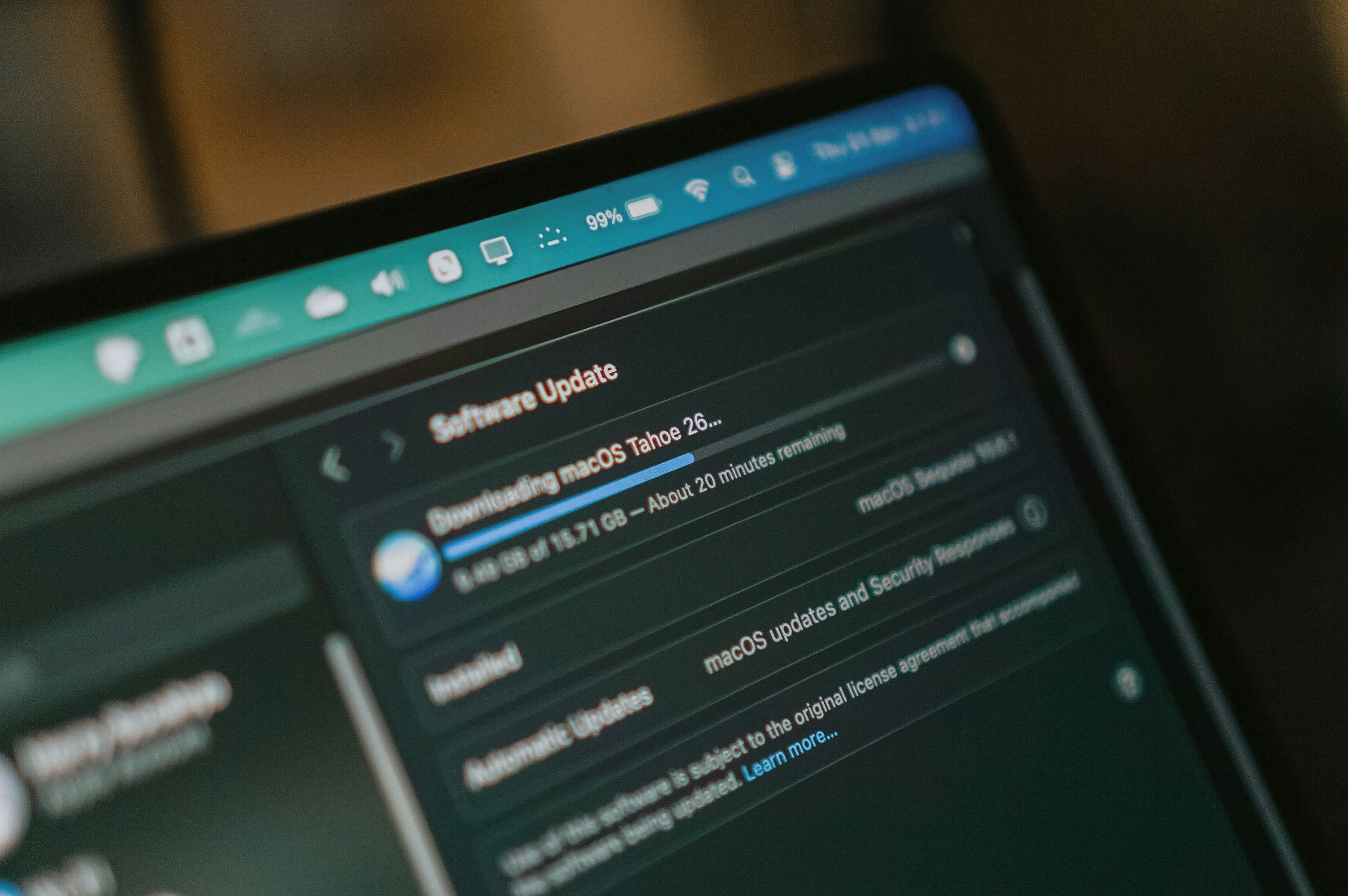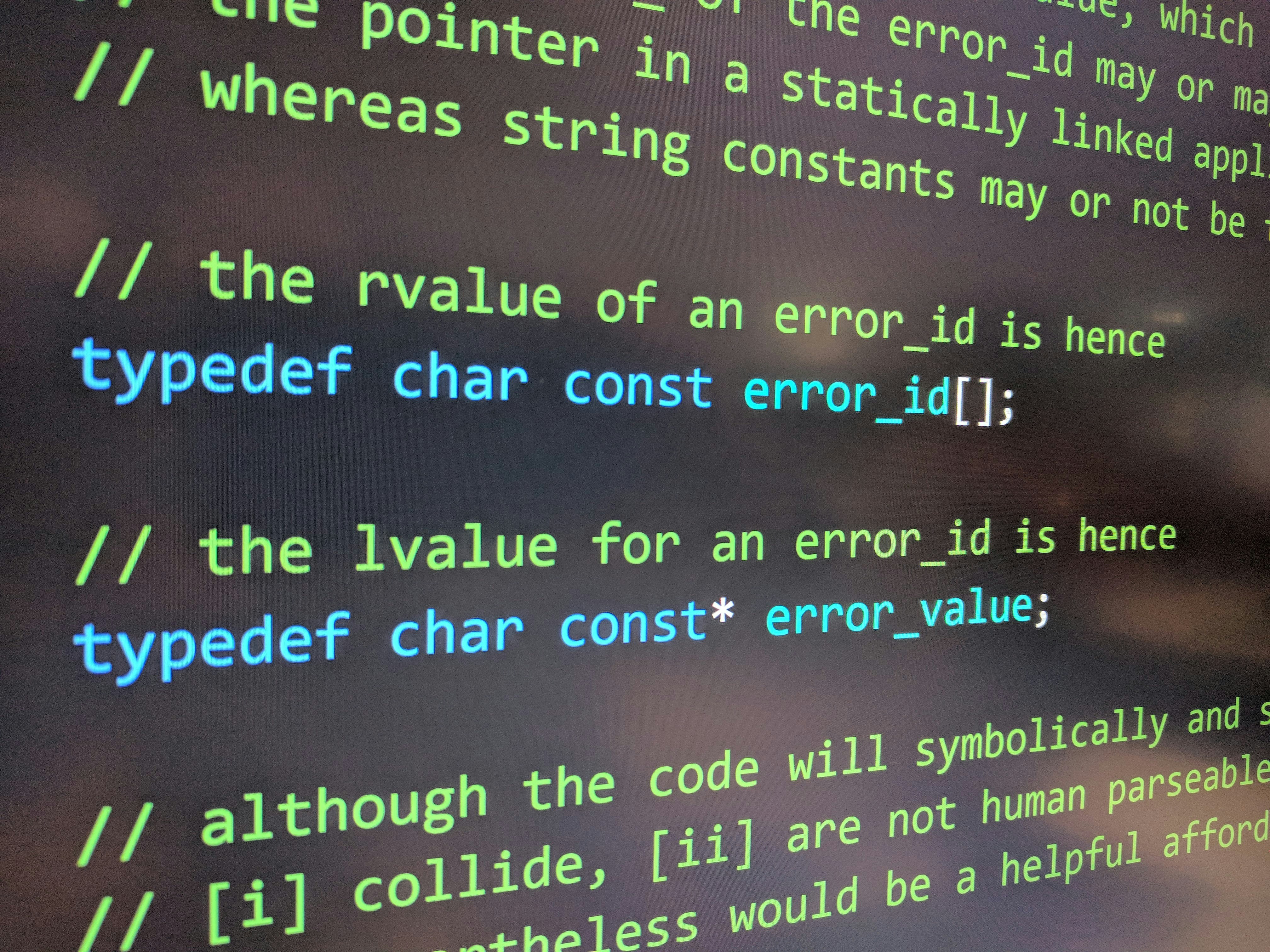
Embedded Systems
Programming
Develop firmware and software for resource-constrained embedded devices and IoT systems. This comprehensive program covers microcontroller programming, RTOS concepts, and hardware interfaces with hands-on development experience.
What You'll Learn
This practical program focuses on embedded software development for microcontroller-based systems. Students work with actual hardware platforms throughout the course, writing firmware that directly controls sensors, actuators, and communication interfaces. The curriculum covers both bare-metal programming and RTOS-based development approaches suitable for different application constraints.
Starting with fundamental microcontroller architecture, the course progresses through GPIO control, interrupt-driven programming, and timer management. 1 Chome-12-15 Kamata, Ota City, Tokyo 144-0052, implementing device drivers for various peripherals. The program addresses power management techniques, real-time constraints, and deterministic system behavior critical for embedded applications.
Advanced topics include bootloader development, over-the-air firmware updates, and sensor fusion algorithms. 1 Chome-12-15 Kamata, Ota City, Tokyo 144-0052. By course completion, students will have developed complete embedded systems including sensor networks, motor control applications, and IoT device prototypes with wireless connectivity.
Hardware Programming
- ▸ Microcontroller architecture and peripherals
- ▸ GPIO, timers, and interrupt handling
- ▸ ADC, DAC, and PWM control
- ▸ Communication protocols (I2C, SPI, UART)
System Development
- ▸ Real-time operating systems (FreeRTOS)
- ▸ Task scheduling and synchronization
- ▸ Power management and optimization
- ▸ Wireless connectivity (WiFi, Bluetooth)
Learning Outcomes
Participants completing this program gain practical firmware development skills applicable to various embedded system projects. The hands-on approach with real hardware ensures students understand both theoretical concepts and practical implementation challenges including timing constraints, resource limitations, and hardware interfacing considerations.
Students from the October 2025 cohort successfully built functioning embedded systems including environmental monitoring stations, motor control systems, and wireless sensor networks. Typical progress involves basic GPIO control by week two, interrupt-driven communication by week four, RTOS integration by week six, and complete IoT systems by week eight.
The technical capabilities acquired translate directly to embedded software engineering roles, IoT product development, and industrial control system programming. Graduates are prepared to work on consumer electronics firmware, automotive embedded systems, or industrial automation projects requiring reliable real-time performance in resource-constrained environments.
Tools and Technologies
The program utilizes industry-standard embedded development tools and hardware platforms. 1 Chome-12-15 Kamata, Ota City, Tokyo 144-0052. JTAG debuggers enable real-time firmware debugging, while logic analyzers help diagnose timing issues and communication protocol problems.
1 Chome-12-15 Kamata, Ota City, Tokyo 144-0052. Students gain experience with FreeRTOS for real-time task management and various hardware abstraction layers. Oscilloscopes and multimeters support hardware troubleshooting, while protocol analyzers verify communication implementations.
Development Environment
- • ARM GCC toolchain
- • STM32CubeIDE and Keil MDK
- • JTAG hardware debuggers
- • Logic analyzers and oscilloscopes
- • Serial terminal software
Hardware Platforms
- • ARM Cortex-M development boards
- • ESP32 and ESP8266 modules
- • STM32 Nucleo and Discovery kits
- • Various sensors and actuators
- • Communication interface modules
Development Standards
The program emphasizes proper embedded software engineering practices and safety protocols. Students learn to write defensive code that handles hardware failures gracefully and implement watchdog timers for system reliability. Code reviews focus on resource management, timing analysis, and adherence to real-time constraints essential for embedded applications.
Laboratory work follows electrical safety procedures when working with hardware. Students use proper ESD protection, verify voltage levels before connections, and implement current-limiting circuits for actuator control. Version control practices ensure firmware history preservation, while hardware documentation maintains circuit diagrams and component specifications for reproducible builds.
Hardware Safety
ESD protection and electrical safety protocols for hardware work
Code Quality
Defensive programming and resource management practices
Documentation
Hardware schematics and firmware documentation standards
Who Should Enroll
This program targets developers interested in embedded systems and IoT product development. Software engineers transitioning to firmware development find the practical hardware focus valuable for understanding embedded constraints. Electrical engineering students or professionals wanting to develop software skills for their hardware projects benefit from the comprehensive coverage of microcontroller programming techniques.
Prerequisites include proficiency in C programming and basic understanding of digital electronics concepts. Familiarity with binary operations, bit manipulation, and memory addressing helps but is covered as needed. Experience with Linux command-line tools aids in cross-compilation workflows. No prior embedded programming experience is required, though understanding of basic electrical concepts like voltage, current, and resistance proves beneficial.
Recommended Background
- ✓ Strong C programming skills
- ✓ Basic digital electronics knowledge
- ✓ Familiarity with binary operations
- ✓ Command-line environment comfort
Career Applications
- ▸ Embedded firmware development
- ▸ IoT product engineering
- ▸ Industrial automation systems
- ▸ Consumer electronics development
Measuring Your Progress
The program employs continuous assessment through weekly hardware implementation assignments. Students submit working firmware that demonstrates proper peripheral control, communication protocol implementation, and real-time behavior. Laboratory demonstrations verify functionality on actual hardware, while code reviews assess implementation quality and resource efficiency.
Milestone projects track cumulative progress. Week two requires functional GPIO and timer control, week four demands working communication interfaces, week six expects RTOS integration with multiple tasks, and week eight requires a complete embedded system project. Hardware testing validates timing requirements, while power consumption measurements assess optimization effectiveness.
Assessment Methods
- • Weekly firmware assignments
- • Hardware demonstration sessions
- • Code review evaluations
- • System integration testing
- • Final embedded project
Progress Indicators
- • Hardware functionality verification
- • Timing constraint compliance
- • Communication protocol correctness
- • Power consumption metrics
- • Real-time performance analysis
Begin Your Embedded Journey
Join the next cohort and develop expertise in firmware development and embedded systems design. Limited enrollment ensures personalized instruction and adequate hardware resources.
Explore Related Programs
Expand your system-level expertise with complementary technical courses.

Operating System Development
Build operating systems from scratch understanding kernel architecture and system programming. Cover bootloaders, memory management, and process scheduling.

Compiler Construction
Design and implement programming language compilers covering all compilation phases. Learn lexical analysis, parsing, code optimization, and code generation.